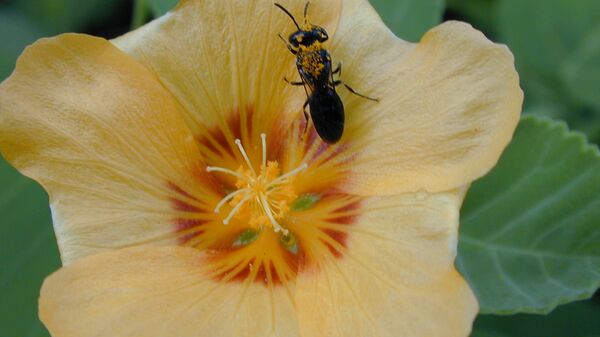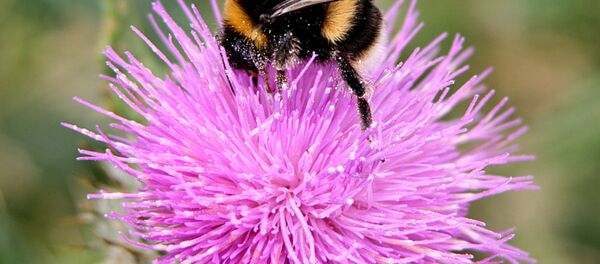“Existing regulatory mechanisms and conservation efforts are not adequate to ameliorate the impacts of these threats on any of the 49 species such that listing is not warranted,” the service wrote in their report.
“Environmental effects from climate change are likely to exacerbate the impacts of these threats.”
Along with seven species of bees — all of which resemble small wasps with “plumose (branched) hairs on the body that are longest on the sides of the thorax” — the orange-black Hawaiian damselfly, the band-rumped storm-petrel seabird, and the anchialine pool shrimp were also added.
The Xerces Society, fighting for protection of these bees since 2009, celebrated the decision in a blog post, though they acknowledged that additional work is necessary to save these species from extinction.
“The USFWS decision is excellent news for these bees, but there is much work that needs to be done to ensure that Hawaii’s bees thrive. There is only one genus of bees that is native to the Hawaiian Islands, Hylaeus, commonly called yellow-faced bees because of colored markings on their faces,” Xerces Communications Director Matthew Shephard wrote. “These bees are often found in small patches of habitat hemmed in by agricultural land or developments. Unfortunately, the USFWS has not designated any “critical habitat,” areas of land of particular importance for the endangered bees.”



